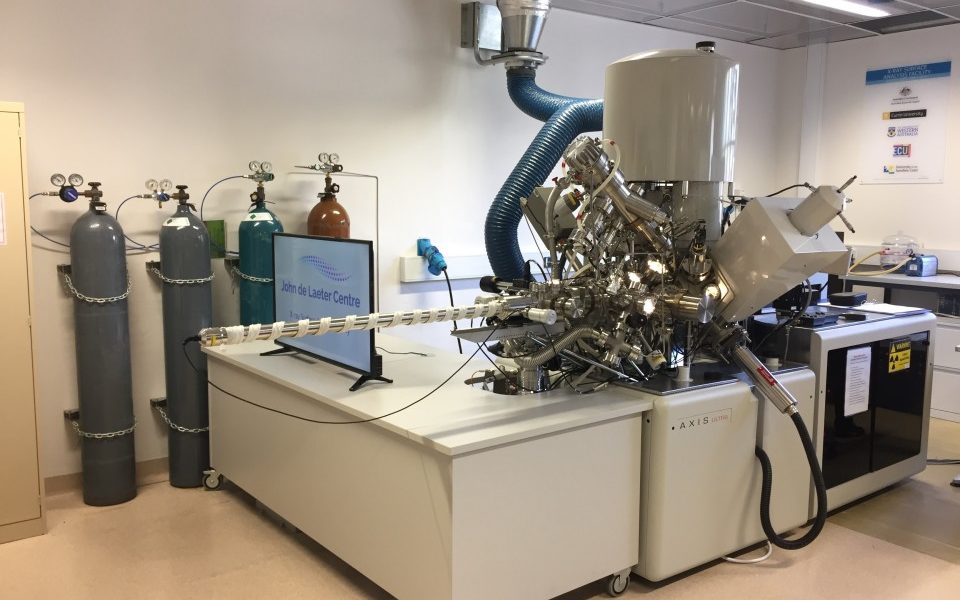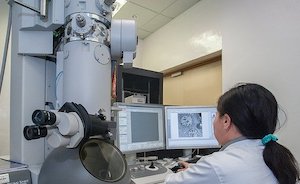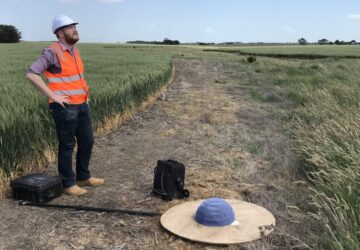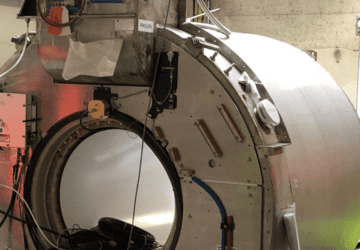
Noise and vibration control for highly sensitive research equipment
The role that noise and vibration control plays in an advanced microscopy facility
At Resonate Consultants, the diversity of our acoustic engineering work allows us to measure and mitigate noise and vibration at large infrastructure projects one day and advise developers at feasibility stage on new buildings, the next.
Most of our projects draw on our engineering skills across acoustics, vibration and electromagnetic fields (EMF) across a variety of niches.
One such niche is our noise and vibration control work that we do for facilities that house highly sensitive research and medical equipment. These facilities are normally located at universities or health infrastructure facilities and may house state-of-the-art electron microscopes, equipment for nano-science, quantum computing, or medical imaging equipment such as MRI machines, all which can be affected by electromagnetic interference.
The electron microscope
Electron microscopes aren’t like the ones you may have used in high school biology. The electron microscope uses electrons to create an image of the target: for example cells, microorganisms and crystalline structures. It has much higher magnification than a normal light microscope, some occupy a whole room and they can be worth several millions of dollars.
The most advanced electron microscopes are capable of resolutions less than 0.1 nanometers or 1 ångström. For context, the diameter of atomic silicon is 0.21 nanometers.
But how does this relate to our everyday macroscopic world? Well, it’s like focusing in on a 5 cent piece from 20km away. In the dark. That’s how powerful it is!
Here’s what happens when noise and vibration control isn’t initially considered
Three major considerations when designing such a facility are the acoustic, vibration and EMF environment within the room housing sensitive equipment. Some microscopes are so sensitive that vibration levels 100 times lower than we can even feel can impact and distort the imaging.
At one existing facility we attended, microscopes can only be used on days when the wind isn’t blowing. That eliminates a lot of working days!
Another facility had a section of their car park barricaded off because the electromagnetic fields produced by vehicle movements caused interference. When parking is at a premium in most urban areas, this can cause a major disruption.
The importance of having an acoustic engineer on board
At Resonate Consultants, we advise on building and rooms design that house these incredibly sensitive and powerful microscopes and have done so for most of the universities across Australia and several internationally.
We’re usually brought in at feasibility stage to decide upon the best location for sensitive equipment and will monitor and assess differing areas based on mitigating noise, vibration and EMF. Working closely with the architects and other engineers, we employ a combination of award winning vibration and design solutions to provide a building designed for the necessary ambient environment.
Outside the building, we identify anything which will be generating vibration and EMF. For example, nearby mechanical plant, trains, trams, roads, car parks etc.
Inside, large moving pieces of metal such as elevators will generate EMF, as well as mains and power sources. Even people walking past the room in heavy foot traffic areas of a building can be a noise and vibration control issue which could lead to sub optimal use of this very expensive equipment.
Microscopy noise and vibration control tips
However, it’s also critical to understand how the equipment will be used. If it won’t always be necessary for the criteria to be met at all times, then it may be possible to construct the facility more efficiently.
In terms of acoustics and vibration, the room will need to be separated from the building and all noise and vibration sources need to be very well isolated.
These rooms are typically located on the ground floor or basement level, to ensure maximum stability. Often, we suggest that the room is situated on a separate concrete slab that is vibration isolated from the rest of the building.
To deal with electromagnetic interference, the rooms might be shielded by a thin layer of a specific metal around the room or have an active electromagnetic field cancellation system installed.
So, if you’re in the business of building microscopy facilities, you need to ensure they, and the equipment, can operate properly and noise and vibration control are factored in. Find out more about our electromagnetic interference mitigation services.





